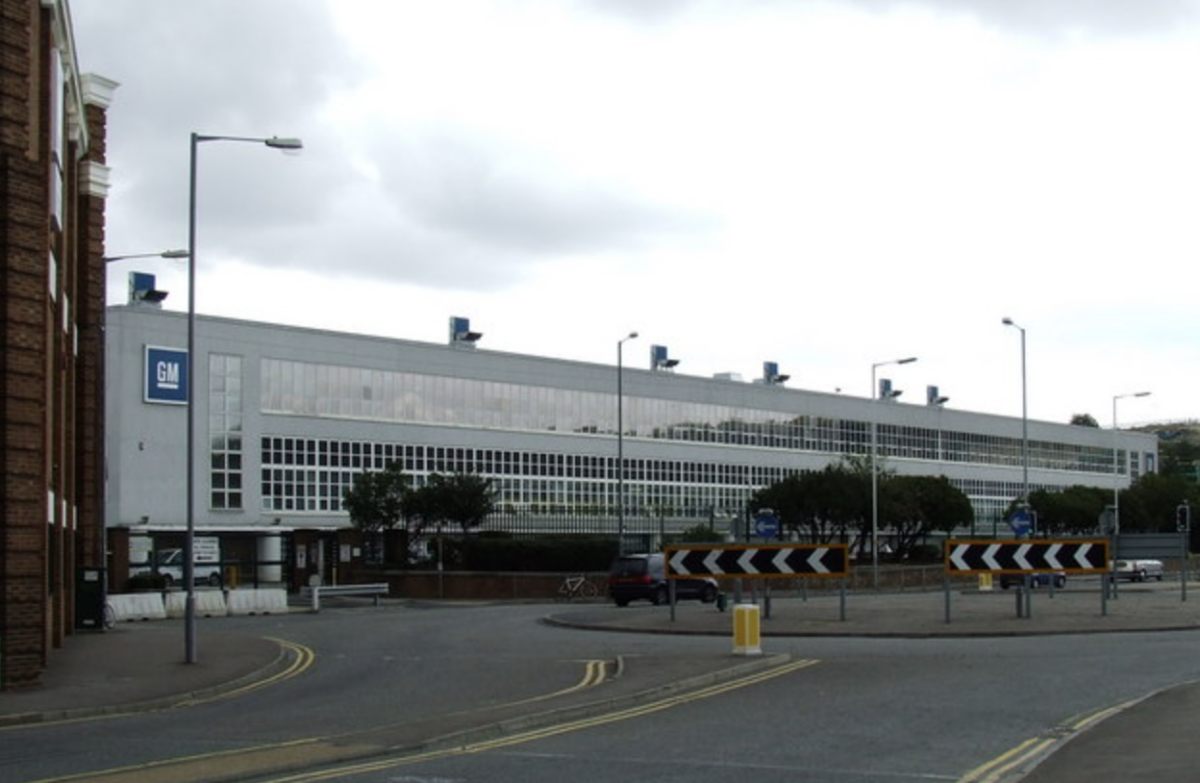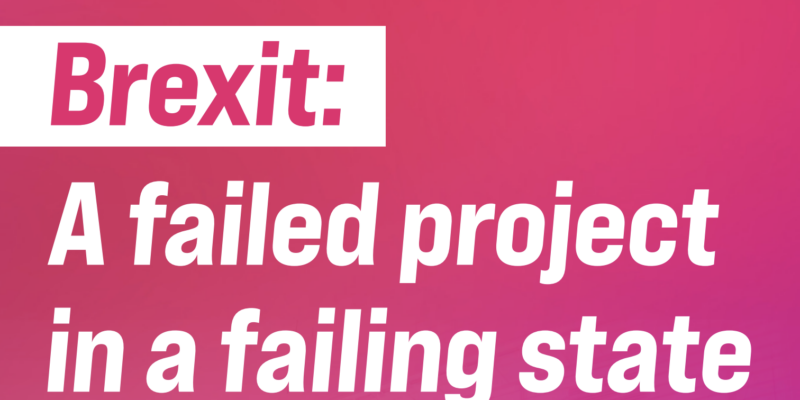Manufacturing’s Brexit travails will undermine the ‘levelling up’ agenda
As Britain introduces new checks for goods imports from the EU, it increasingly looks like manufacturers, their workforces and local economies are one of the biggest victims of Brexit.

A year on since the end of the ‘transitional period’, we are getting a clearer idea of how Brexit is changing the British economy. Manufacturing has long been seen as its poor relation compared to services and finance. Since the ruthless deindustrialisation under Margaret Thatcher’s government in the 1980s, manufacturing has fallen from 17% of GDP in 1990 to 9% in 2021. But, while the sector has certainly suffered from the policies of successive governments over the last thirty years, the UK is still the 9th largest manufacturing economy in the world (by value).
Growing the size of manufacturing would be one of the most straightforward ways to address some of the longstanding problems of the British economy. For example, the UK suffers from low business investment, low investment in research and development (R&D), low wages and low productivity. But in each of these areas manufacturing outperforms the rest of the economy. Wages (13% higher) and productivity (12% higher) are better in industry relative to the UK average. What’s more, although the sector only accounts for 9% of GDP, it makes up 15% of all business investment and an impressive 65% of R&D spending.
At the 2019 General Election, Boris Johnson put ‘levelling up’ the UK at the centre of his election campaign. Ironically, given that he would publicly identify as a Thatcherite and like all Conservatives regularly praises her legacy, this agenda was implicitly critical of the long-run effects of deindustrialisation, which left large swathes of the country that had been dependent on manufacturing employment crippled by the loss of quality, skilled jobs.
To this day, manufacturing tends to be concentrated in parts of the country that are poorer overall – and although pay is better than the average, employment in the sector has declined. This means growing its size and reversing the long-run fall in jobs, would help poorer areas of the country and start to ‘level up’ the UK economy.
These points have not been lost on Conservatives – especially the new in-take of MPs representing constituencies in the old Labour ‘red wall’. The centre-right think tank, Onward, has identified this as key to levelling-up, pointing out manufacturing is “a larger share of employment and a much larger share of productivity growth in poorer regions of the UK – accounting for around 40% of productivity growth between 1997 and 2017 in places like the West Midlands, Wales and the North West”.
The Brexit problem for the ‘levelling up’ agenda
While the Brexit project won support in many ‘left behind’ areas of the UK, which had suffered the effects of deindustrialisation, it presents real challenges and problems for the attempt at ‘levelling-up’. The government, as unions have advocated, should certainly make more use of their domestic policy instruments, like the state’s £292 billion public procurement budget, to support and grow British industry. But ultimately the UK market is not big enough to drive demand-led growth in the sector, and exports will have to play a critical role in any expansion.
As the EU is a huge market on the doorstep significantly expanding exports to it would – logically – be the place to start. But Brexit has, of course, introduced significant new barriers to trade with the EU. As a result, the UK is falling behind its main regional competitors. An analysis by Politico found that whereas in Italy, France, Spain and Germany, trade flows as a percentage of GDP were, on average, at 73.8% in 2021, recovering most of their fall in the pandemic, in the UK this figure fell to 54.8% – the lowest level seen since 2009. This reflects a 15% decline in EU exports (compared to the transitional period). The Office for Budget Responsibility’s initial analysis of this data is also consistent with its prior expectation that leaving the EU would lead to a 15% fall in trade intensity and a 4% fall in productivity compared to the expected trend had the UK remained a member. This will, in turn, have a knock on effect on wage levels, undermining the UK government’s claim to want a ‘high wage, high productivity’ economy.
A further problem lies in how British manufacturers have grown use to operating as part of integrated supply chains with the rest of Europe. As a result, although the introduction of checks on EU imports this month ends the competitive disadvantage that UK manufacturers had been operating under (as these checks had already been introduced for UK goods moving in the other direction), it may further deepen their supply chain problems – in cases, for example, where domestic production is dependent on the input of EU products.
Of course, restoring a sensible trading relationship with the EU would not, in itself, transform British manufacturing and address regional inequality. But removing the bureaucratic barriers to trade with the EU could go in tandem with a proactive industrial development policy, which prioritises the interests of workers and their local communities.
The Unite union, for example, has put forward a range of demands to kickstart growth in manufacturing jobs, including removal barriers to ‘reshoring’ jobs through proactive investment, protecting and expanding ‘foundation industries’ through public ownership of steel, transport, communication and energy, and a workers’ plan for a transition to an ecologically sustainable society.
These are not proposals that will likely gain much of a hearing in Conservative HQ. But as the party struggles to ‘level up’, its opponents should be scrutinising their failure to deliver and promoting alternatives.
January 13, 2022
Brexit Spotlight is run by Another Europe Is Possible. You can support this work by joining us today. The website is a resource to encourage debate and discussion. Published opinions do not necessarily represent those of Another Europe.





